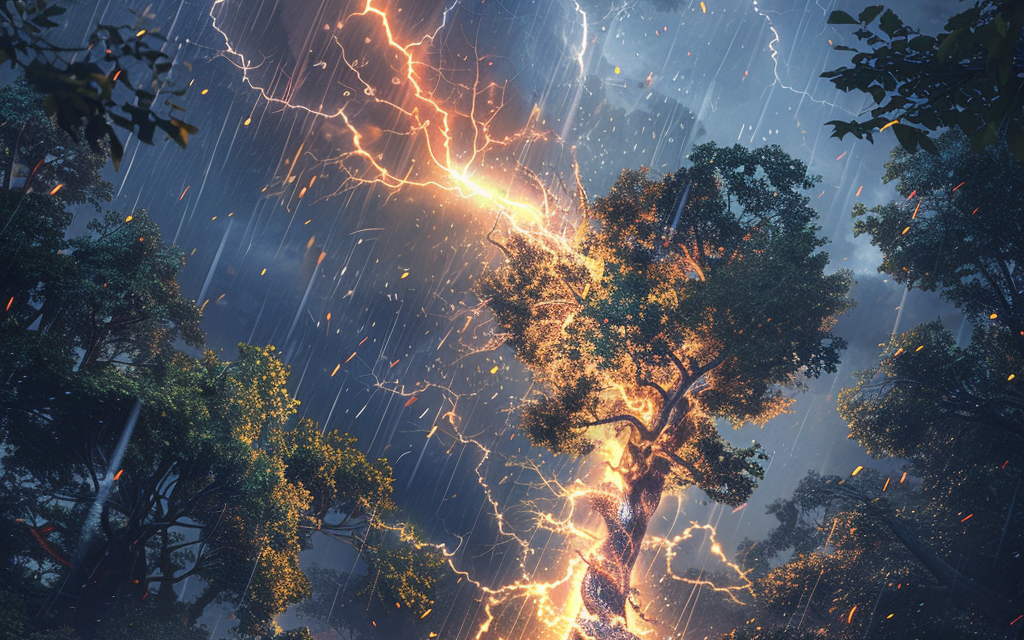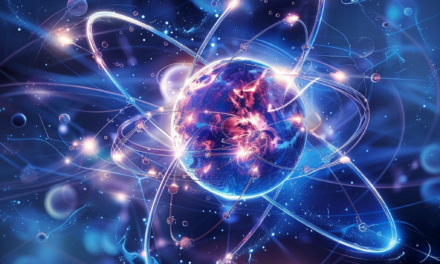Introduction
Electricity, that invisible maestro orchestrating much of our modern symphony of life, has roots that stretch deep into humanity’s shared past. This journey from the crackle of lightning adorning ancient skies to the sophisticated electrical grids cradling our contemporary existence is nothing short of miraculous. It’s a narrative woven from humanity’s innate curiosity, groundbreaking innovation, and, admittedly, a few electrifying mishaps. As we embark on this voyage through history, we’ll uncover the sparks that ignited our understanding of electricity, transforming it from a mystical force into the backbone of modern civilization.
Early Observations and Theories
Before the age of charging stations and neon lights, ancient civilizations were already playing with nature’s own version of electricity. The Greeks discovered that rubbing fur on amber attracted small objects, a party trick that unveiled the world’s first glimpses into static electricity. But it wasn’t until the Renaissance that scholars, equipped with a burgeoning scientific method, began to untangle electricity’s secrets. William Gilbert, often hailed as the father of electrical engineering, distinguished between magnetic and electric forces, setting the stage for the electrifying developments that would follow. These early pioneers, with their “Do not try this at home” experiments, laid the foundational stones on the long path to harnessing electricity.
Key Figures in the Discovery of Electricity
The tale of electricity’s discovery is adorned with luminaries like Benjamin Franklin, whose audacious kite experiment amidst a thunderstorm famously tied electricity to lightning. Meanwhile, Alessandro Volta, tinkering in his Italian workshop, stacked zinc and copper to create the voltaic pile, unveiling the battery’s potential to provide a continuous flow of electric charge. Enter Michael Faraday, whose invention of the electric generator transformed mechanical energy into electrical energy, illuminating the world in ways previously unimaginable. These trailblazers didn’t just contribute pieces to the puzzle of electricity; they crafted the very edges that defined the picture.
The Birth of Electromagnetism
The saga of electricity took a pivotal turn with André-Marie Ampère and James Clerk Maxwell, whose work unveiled the dance between electricity and magnetism. Ampère’s exploration into how electric currents generate magnetic fields laid the groundwork for the electric motor, a device that powers everything from household appliances to industrial machinery. Maxwell’s equations, meanwhile, offered a mathematical symphony that described the electromagnetic field, setting the stage for the technological leaps that would usher in the modern era. Their contributions were monumental, turning the mysteries of electricity and magnetism into a harmonious theory that underpins much of today’s technological advancements.
Electricity in the Industrial Age
As the Industrial Age dawned, electricity emerged as the force that would redefine the landscape of human endeavor. The development of the electric generator and motor was akin to unlocking a new dimension of power, fueling the engines of progress with unseen energy. Electric lighting, once a luxury, became a hallmark of urban development, transforming cities into 24-hour hubs of activity and industry. This era marked the electrification of society, a revolution that turned night into day and work into an around-the-clock possibility.
The War of the Currents
The “War of the Currents” was a dramatic chapter in the story of electricity, featuring Thomas Edison and Nikola Tesla in a rivalry that would determine the future of electrical power distribution. Edison, a staunch advocate of direct current (DC), found an adversary in Tesla’s alternating current (AC), a system capable of transmitting electricity over long distances with minimal loss. This battle of currents wasn’t just a feud between two inventors but a fight for the future of electricity itself. In the end, AC’s efficiency and adaptability crowned it the victor, cementing Tesla’s legacy in the annals of electrical history.
Electricity’s Global Expansion
The electrification of the globe is a testament to electricity’s transformative power. From powering the first electric trams to lighting up the world’s Expositions, electricity became the hallmark of progress and modernity. Its spread across continents connected remote areas to the heartbeats of cities, revolutionizing communication, transportation, and industry. The global expansion of electricity is not just a story of technological triumph but a narrative of how a force, once untamed and mysterious, became the thread that weaves together the tapestry of modern civilization.
Modern Advances in Electrical Engineering
In the realm of electrical engineering, the horizon is ever-expanding. Today’s engineers are pioneering advancements in renewable energy sources, tapping into the sun, wind, and water to power our future. Smart grid technology promises an era of more efficient and resilient power distribution, capable of meeting the demands of an increasingly digital and environmentally conscious society. As we gaze toward the stars, electricity remains our tether to the unknown, powering the dreams of space explorers and scientists aiming to unravel the universe’s mysteries.
Challenges and Ethical Considerations
With great power comes great responsibility, and the story of electricity is no exception. As we harness this incredible force, we’re also faced with the ethical dilemmas of ensuring equitable access, minimizing environmental impacts, and navigating the complexities of energy consumption in a finite world. The challenges of electricity production and use remind us that our pursuit of progress must be balanced with stewardship for our planet and fairness for all its inhabitants.
Conclusion
The discovery and harnessing of electricity is a narrative rich with innovation, fraught with competition, and laden with potential. From the earliest observations of static electricity to the vast and interconnected power grids of today, electricity’s journey is a reflection of humanity’s ingenuity and its perpetual quest for improvement. As we continue to explore and expand the boundaries of what’s possible with electricity, we carry forward the legacy of those who first dared to dream of capturing lightning in a bottle—lighting our path to a future where the full potential of electricity continues to unfold, brightening lives across the globe.





